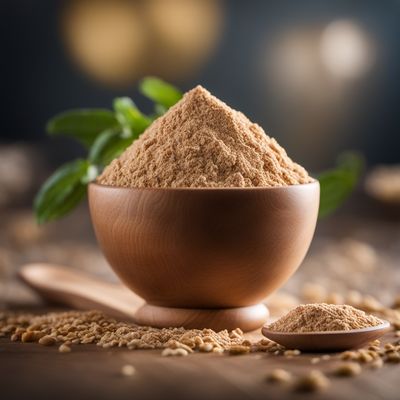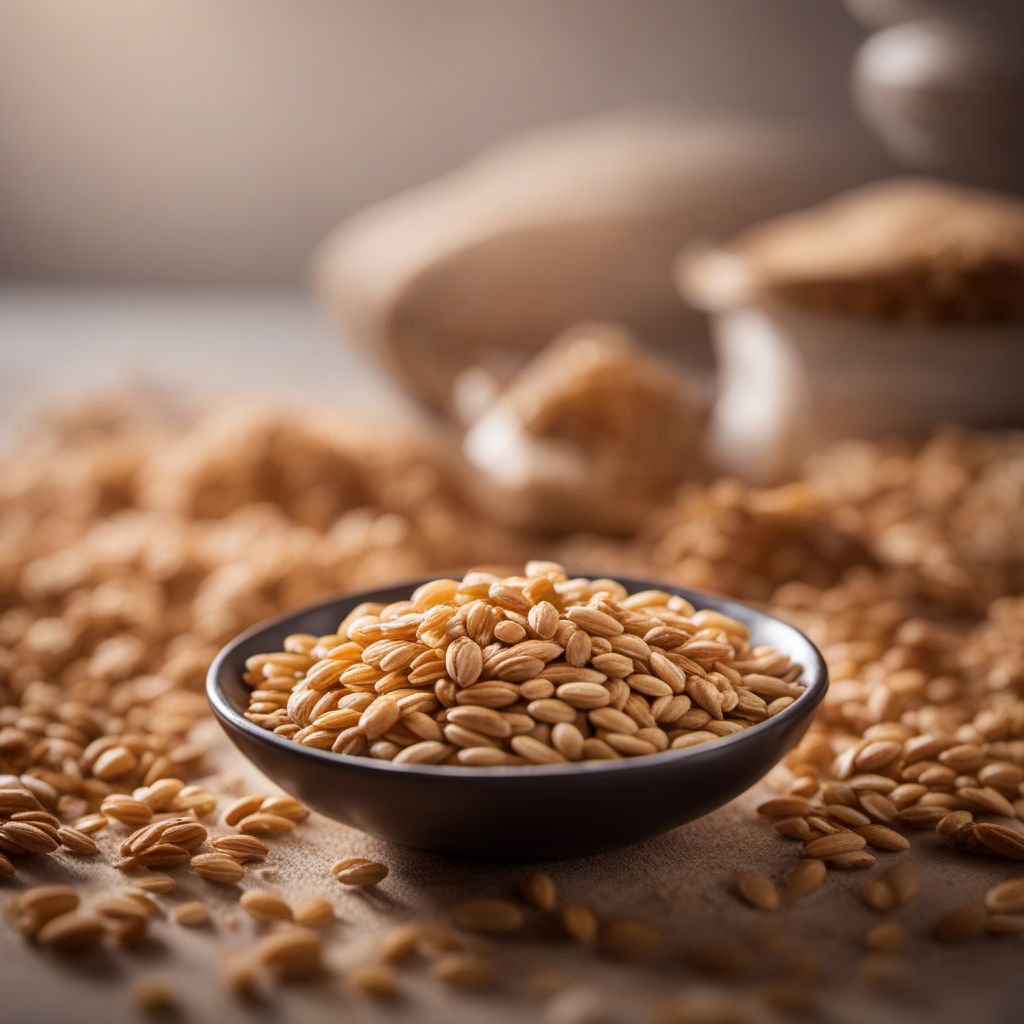
Ingredient
Spelt flour
The Ancient Grain of Spelt
Spelt flour is a type of flour made from the ancient grain known as spelt. It has a slightly sweet and nutty flavor, with a texture that is lighter and more delicate than whole wheat flour. Spelt flour has a pale golden color and can be used as a substitute for wheat flour in a variety of recipes.
Origins and history
Spelt is one of the oldest cultivated grains in the world, dating back to ancient civilizations such as the Egyptians and Romans. It was a staple food in Europe for centuries before being replaced by modern wheat varieties. In recent years, spelt has experienced a resurgence in popularity due to its nutritional benefits and unique flavor profile.
Nutritional information
Spelt flour is a good source of dietary fiber, protein, and essential minerals such as iron and magnesium. It also contains vitamins B and E, as well as antioxidants. Spelt flour is lower in gluten than wheat flour, making it a suitable option for individuals with mild gluten sensitivities.
Allergens
Spelt flour may contain gluten and is not suitable for individuals with celiac disease or severe gluten allergies. However, some individuals with mild gluten sensitivities may tolerate spelt flour better than wheat flour due to its lower gluten content. It is always recommended to consult with a healthcare professional before consuming spelt flour if you have gluten-related disorders.
How to select
When selecting spelt flour, look for organic or whole grain options that are free from additives or preservatives. Check the packaging for the production date to ensure freshness. Opt for reputable brands that prioritize sustainable farming practices and quality control.
Storage recommendations
To store spelt flour, transfer it to an airtight container or sealable bag and keep it in a cool, dry place away from direct sunlight. Properly stored spelt flour can last for several months to a year.
How to produce
Spelt can be grown in a home garden or on a larger scale in fields. It requires well-drained soil and prefers cooler climates. Spelt can be sown in the spring or fall, and it takes about 100 to 120 days to mature. Harvest the grain when the heads turn golden and the kernels are hard.
Preparation tips
Spelt flour can be used as a substitute for wheat flour in a variety of recipes, including bread, muffins, pancakes, and cookies. It adds a nutty flavor and a tender texture to baked goods. When using spelt flour in recipes that call for wheat flour, it is recommended to use a 1:1 ratio or adjust the liquid content as needed.
Culinary uses
Spelt flour is commonly used in baking, particularly in bread-making. It can also be used to make pasta, pizza dough, or pie crusts. Spelt flour adds a unique flavor and texture to baked goods, making them more wholesome and flavorful.
Availability
Spelt flour is commonly available in health food stores, specialty grocery stores, and online retailers. It is more widely available in Europe, where it has a long history of cultivation and culinary use. In the United States, spelt flour can be found in larger cities or through online sources.
More ingredients from this category
Recipes using Spelt flour » Browse all

Ticinese Bread Cake
Savory Delight: Ticinese Bread Cake with a Swiss Twist

Creamy Bean Puree with Ligurian Twist
Ligurian Bean Delight: Creamy and Flavorful Puree
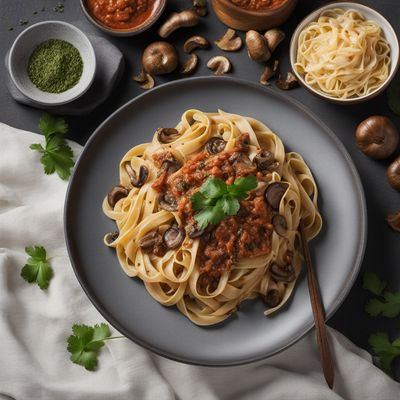
Creamy Mushroom Pasta with Nicaraguan Twist
Savory Nicaraguan Mushroom Pasta Delight
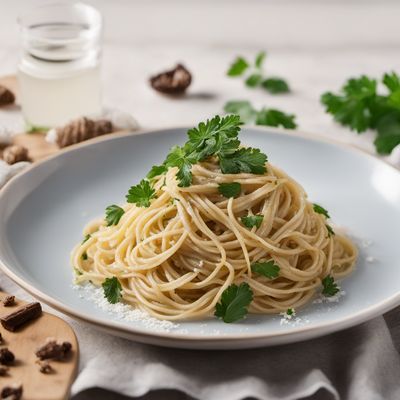
Creamy Truffle Pasta
Indulgent Delight: Creamy Truffle Pasta

Tortelli Cremaschi with Ricotta and Spinach Filling
Savory Delights: Indulge in Homemade Tortelli Cremaschi

Tordelli Lucchese with Tomato and Meat Sauce
Savory Stuffed Pasta Delight: Tordelli Lucchese
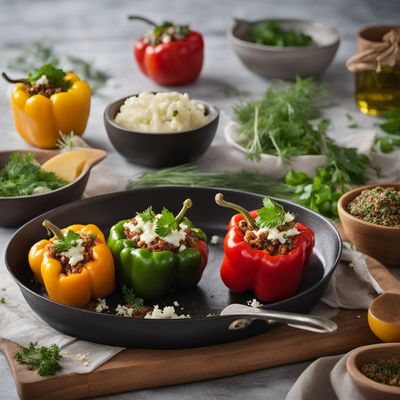
Albanian Stuffed Peppers with Cheese (Speca me Maz)
Cheesy Delight: Albanian Stuffed Peppers Bursting with Flavor
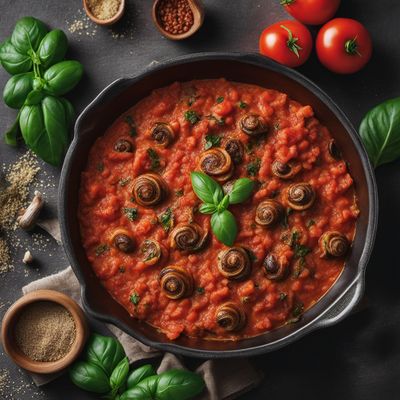
Lumache al Sugo with a Twist
Savory Escargot Pasta Delight

Creamy Parmesan Grits with Crispy Bacon
Savory Delight: Creamy Parmesan Grits with a Crunchy Bacon Twist
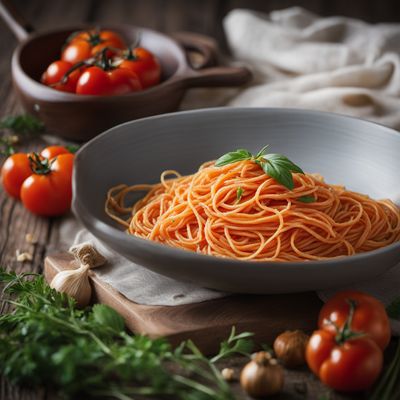
Lesotho-style Bottarga Pasta
Savory Lesotho Delight: Bottarga Pasta with a Local Twist

Sardinian-style Pizza with Local Flavors
Sardinian Delight: A Unique Twist on Pizza Napoletana
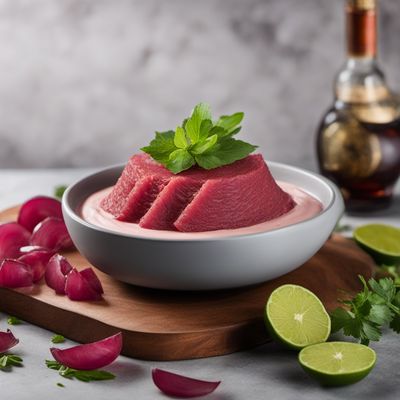
Caribbean Bresaola Mousse
Tropical Delight: Caribbean Bresaola Mousse
